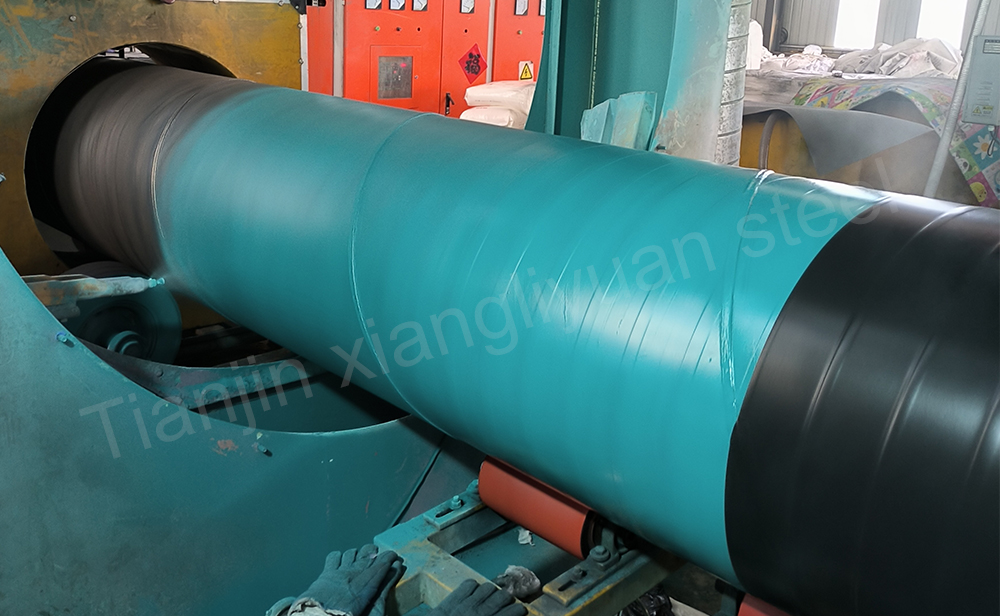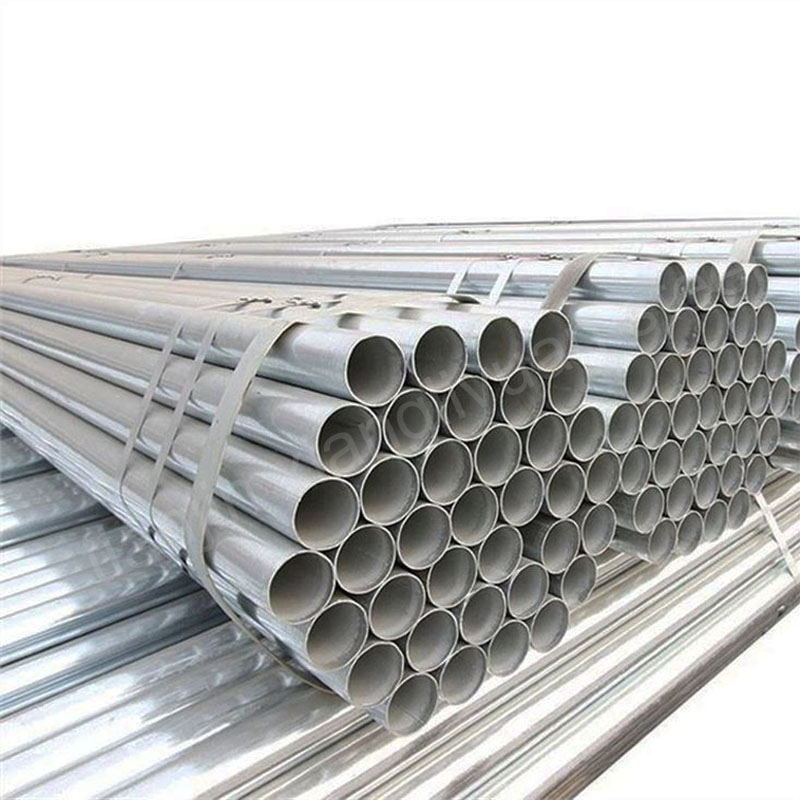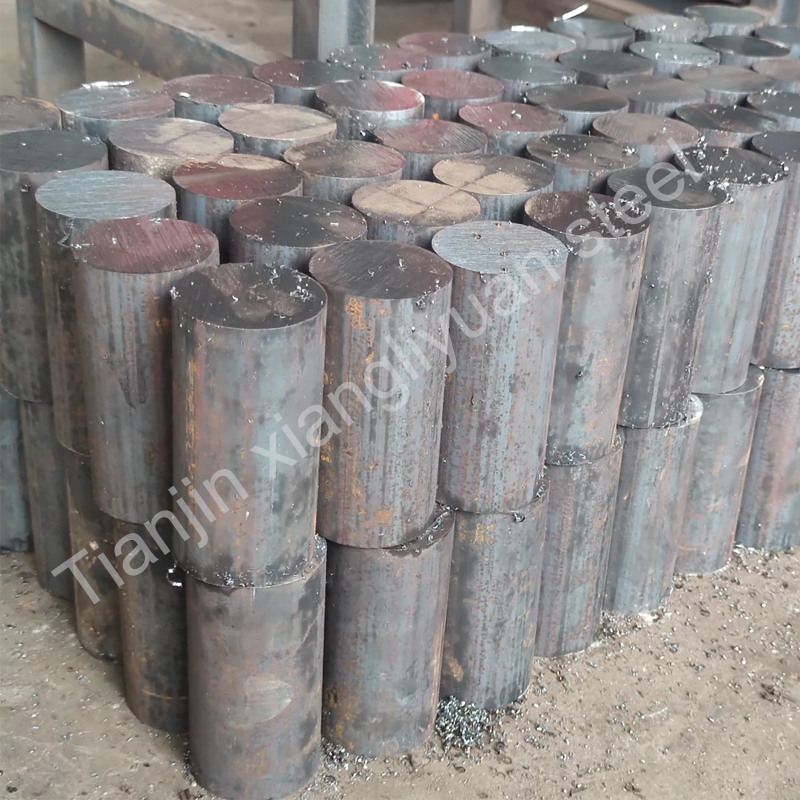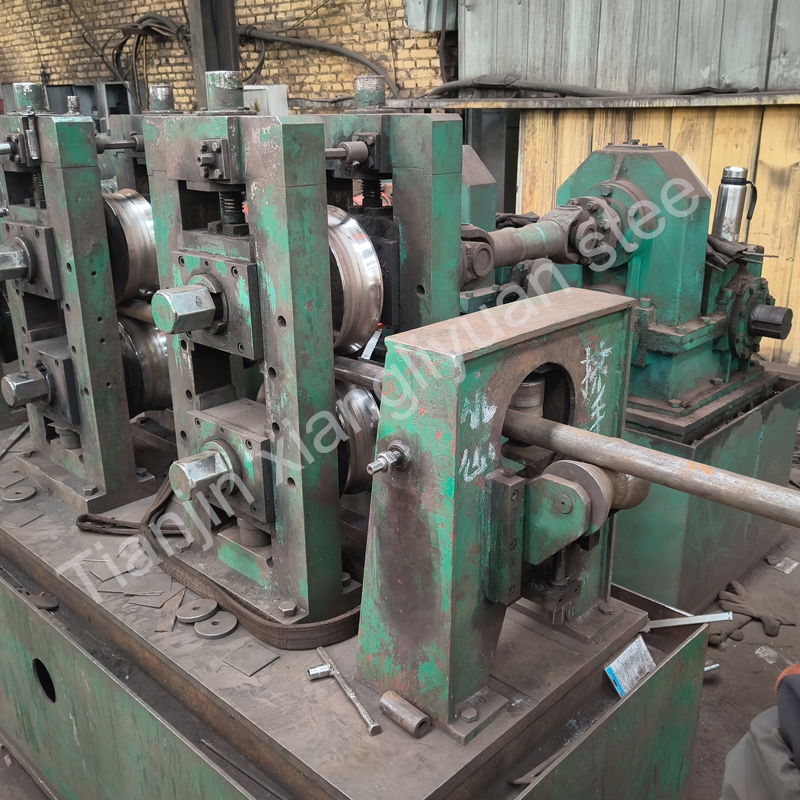There are several common surface treatment methods for steel pipes. The process, characteristics and uses of each treatment method are as follows:
1. Hot-dip galvanizing
– Process:
Immerse the steel pipe in molten zinc liquid to make the zinc adhere to the surface to form a coating. Usually, pickling is performed to remove the oxide scale first, and then the plating agent is applied before galvanizing.
– Features:
– Excellent anti-corrosion performance and long service life.
– Smooth and bright surface with good decorative effect.
– Uniform coating thickness and good wear resistance.
– Use:
Mainly used in outdoor environments where anti-corrosion is required, such as water pipelines, power pipelines, building scaffolding, guardrails, etc.
2. Cold galvanizing (electrogalvanizing)
– Process:
Through electrolytic equipment, zinc is attached to the surface of the steel pipe by electrodeposition to form a thinner galvanized layer.
– Features:
– The coating is thinner and the anti-corrosion performance is weaker than hot-dip galvanizing.
– The surface is smoother, but the adhesion of the galvanized layer is lower.
– Low cost and fast processing speed.
– Application:
Suitable for light structural parts, furniture frames, pipe brackets, etc. for indoor use.
3. Spray painting (coating)
– Process:
Paint or coating is evenly applied on the surface of steel pipes through spraying equipment. Generally, pre-treatment (such as rust removal, cleaning, etc.) is required to improve adhesion.
– Features:
– It can provide certain anti-corrosion and decorative effects.
– Coatings of different colors and effects can be formulated according to needs.
– The anti-corrosion performance is not as good as galvanizing, and it is easy to scratch and fall off.
– Application:
It is widely used in occasions with high decorative requirements, such as indoor furniture, guardrails, handicrafts, etc.
4. Spraying (electrostatic powder spraying)
– Process:
The powder coating is evenly sprayed on the surface of the steel pipe through electrostatic spraying equipment, and then heated and cured to form a dense coating.
– Features:
– The coating is uniform, weather-resistant, and not easy to fall off.
– Environmentally friendly and pollution-free, no solvents are used.
– Rich colors and beautiful appearance.
– Uses:
Applied to indoor and outdoor decoration, protective facilities (such as fences, door and window frames) and home appliance shells, etc.
5. Pickling and phosphating
– Process:
The scale and rust on the surface of the steel pipe are removed by pickling, and then phosphating is performed to form a dense phosphating film.
– Features:
– Improve the corrosion resistance of the base metal and the adhesion of the coating.
– The surface is gray or black and has certain anti-corrosion properties.
– The processing cost is low, but subsequent coating is required for occasions with high anti-corrosion requirements.
– Uses:
As a pretreatment process before painting, it can also be used in oil well pipes, mechanical parts and other occasions that require medium anti-corrosion properties.
6. Polishing treatment
– Process:
The surface of the steel pipe is smoothed and polished by mechanical, chemical or electrochemical methods to achieve a bright effect.
– Features:
– The surface is smooth and has a mirror effect.
– Enhance the aesthetics, but does not have anti-corrosion function.
– The process is complex and the cost is high.
– Application:
Mainly used for products with high decorative requirements, such as stainless steel handrails, railings, food-grade pipes, etc.
7. Sandblasting
– Process:
Use high-pressure airflow to spray abrasives onto the surface of the steel pipe to remove rust, scale and other dirt to obtain a uniform and rough surface.
– Features:
– Improve coating adhesion and provide a good base for subsequent painting or plating.
– The surface roughness is controllable and the friction is enhanced.
– Does not have independent anti-corrosion ability.
– Application:
Used for pre-treatment of coating, wear-resistant equipment parts or high-demand mechanical processing parts.
8. Passivation treatment
– Process:
Form a passivation film (usually a chemical oxidation film) on the surface of the steel pipe to reduce the corrosion rate of the metal.
– Features:
– Significantly improve corrosion resistance, especially in humid environments.
– The color of the treated surface is usually silvery white or rainbow.
– Good environmental protection, no complex equipment is required.
– Application:
Used in places with high requirements for corrosion resistance, such as chemical pipelines, stainless steel decorative parts, etc.
The selection of steel pipe surface treatment methods needs to be considered comprehensively based on factors such as the use environment, corrosion resistance requirements, appearance requirements and economy. For example, hot-dip galvanizing is recommended for outdoor anti-corrosion; spraying or polishing can be selected for places with high decorative requirements; and steel pipes used for mechanical processing or re-coating processes are usually sandblasted or pickled and phosphated.






